Korea Shelter: An Overview
The term Korea shelter encompasses a range of protective structures originating from Korea, designed to offer versatile solutions for outdoor coverage. These shelters are not limited to personal use but are extensively utilized in various commercial and industrial settings. This introduction delves into the multifaceted nature of Korean shelters, their types, applications, and the materials commonly used in their construction.
Types and Applications
Korean shelters come in several forms, including but not limited to, portable tents, garages, canopies, and carports. Each type serves a specific purpose, from providing temporary event spaces to offering semi-permanent outdoor storage solutions. The adaptability of these shelters makes them suitable for a wide array of applications, such as market stalls, outdoor workshops, parking spaces, and even as quick-deploy emergency housing in response to natural disasters.
Features and Materials
The construction of a Korea shelter typically involves durable materials such as aluminum alloy, which ensures a lightweight yet sturdy frame. The coverings are often made from advanced synthetic fabrics that are resistant to weather elements, contributing to the longevity of the structure. Some shelters also feature innovative designs that allow for rapid assembly and disassembly, catering to needs for mobility and ease of transport.
Advantages of Korean Shelters
The advantages of opting for a Korea shelter are manifold. Their resilience against various weather conditions, coupled with the ease of maintenance, makes them a practical choice for businesses seeking reliable outdoor solutions. Additionally, the aesthetic versatility of these shelters, available in colors such as white, gray, and blue, allows them to blend seamlessly with different environments or represent corporate branding.
Considerations for Selection
When selecting a Korea shelter, potential buyers should consider the specific needs of their application, such as size requirements, portability, and the level of weather resistance needed. It is also important to assess the environmental compatibility of the materials used, ensuring that the chosen shelter aligns with the sustainability goals of the organization.
Conclusion
In conclusion, the Korea shelter category offers a diverse range of products suitable for various commercial and industrial uses. While Alibaba.com facilitates the connection between suppliers and potential buyers, it is recommended that buyers conduct thorough research to identify the most suitable shelter options that meet their specific needs.




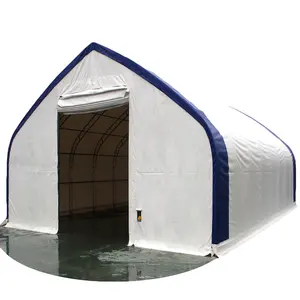

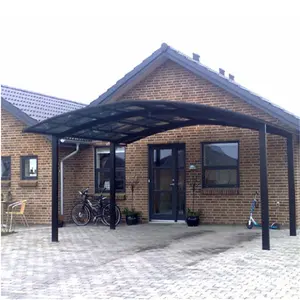



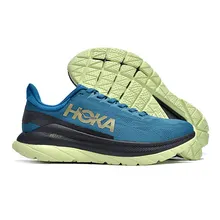
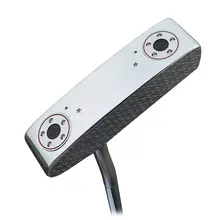
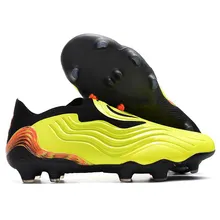
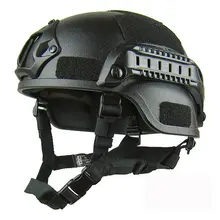
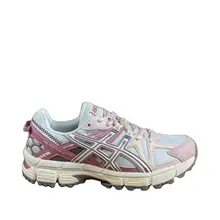


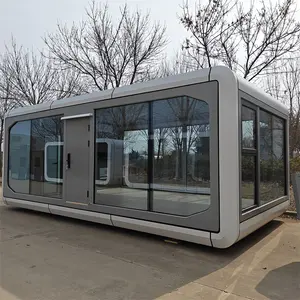

























 浙公网安备 33010002000092号
浙公网安备 33010002000092号 浙B2-20120091-4
浙B2-20120091-4